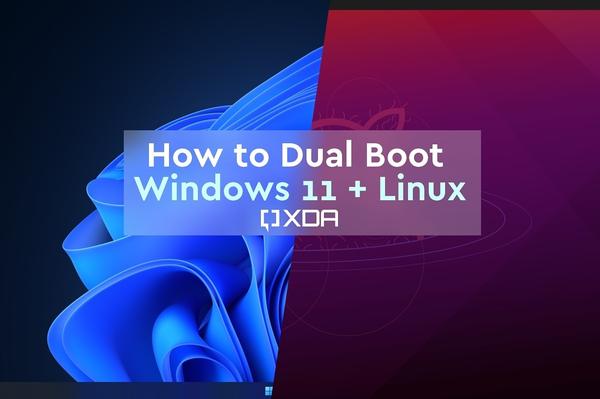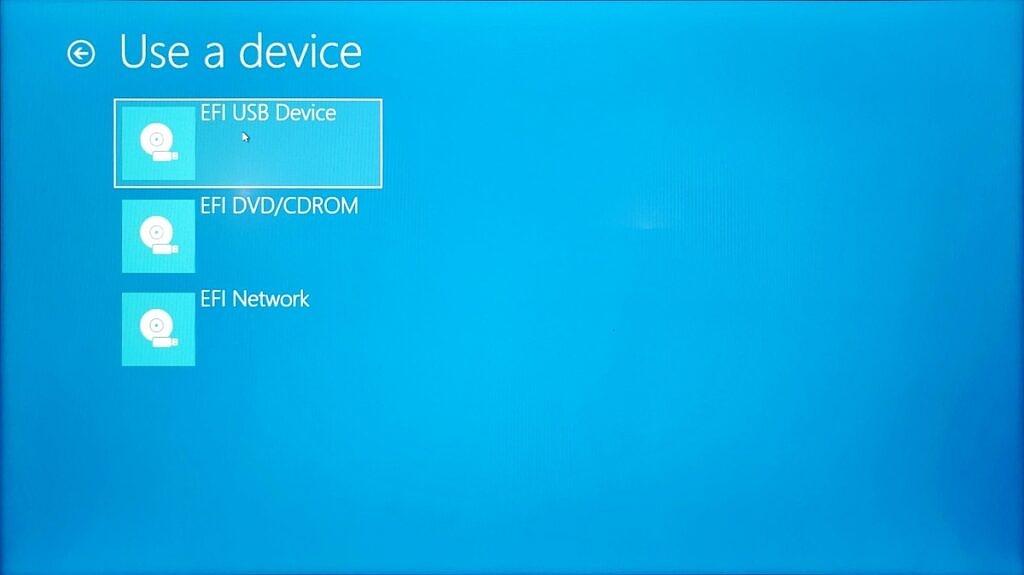
How to dual-boot Windows 11 and Linux on your PC
Windows 11 is now rolling out to PCs around the world, and if you’ve read our Windows 11 review, you know we recommend the upgrade from Windows 10. It has a brand-new visual design that’s more consistent and attractive, and it includes some big new features like support for Android apps. As good as it may be though, it doesn’t necessarily fit every workload or preference. What if you prefer Linux or need it for certain tasks? In this guide, we’ll show how you to set up your PC so you can dual-boot into either Linux or Windows 11 whenever you want.
For this guide, we’re assuming you already have Windows installed on your PC, since that’s the case for most people. We’ll go through the necessary steps to create a partition and install Linux on it to dual-boot. So to follow along, you’ll need a Windows 11 (though the same steps will work on Windows 10) PC, a USB flash drive (8GB or more) for installation media, and another external storage method to back up your data in case anything goes wrong.
XDA-Developers VIDEO OF THE DAYIf you haven’t yet upgraded to Windows 11, we highly recommend doing that. You can follow our guide on installing Windows 11 to do it in the way that’s most convenient to you. You can follow either of those, although the former should be a lot easier.
As a reminder, Windows 11 is still under development and can be unstable. You can follow the latest Windows 11 updates on our update tracker. Also, make sure your PC is compatible with Windows 11 first. Once that’s done, we can focus on installing Linux for dual-booting.

Creating Linux installation media
First things first, you’ll need to have a USB drive that you can install Linux from. To turn your flash drive into installation media, everything on it will be erased, so make sure you’ve backed up anything you might need. Here’s what you need to do:
Creating a partition to dual-boot Linux
Next, you’ll need to create a second partition on your drive for Linux. Partitions are like virtual divisions of a hard drive that are marked as different disks. For general use, partitions don’t have much of a purpose, but you do need them for dual-booting. Here’s how to create one.
Installing Linux to dual-boot with Windows 11
Now you have the two main pieces of the puzzle, you’re ready to install Linux on your empty partition. If you removed the USB installation media from your PC, insert it again (remove other flash drives), then follow these steps:
Switching between Windows 11 and Linux
Once Linux is installed on your PC, you should be given the option to boot into it right away, but that might not happen. If your Windows partition is set as the priority in your BIOS settings, you’ll constantly boot into Windows instead. The behavior will vary depending on your computer, so you may not need to do anything.
If you do find yourself stuck in Windows 11 though, here’s what you can do:
That’s how you can dual-boot Windows 11 and Linux side-by-side. Dual-booting isn’t a perfectly elegant solution, but it’s the most viable way to have two operating systems that you plan on using regularly. Keep in mind you’ll need to find a way to transfer files between the two operating systems, such as by using a flash drive or cloud storage. Each OS can’t access the other’s boot drive, so you can’t just copy and paste files from one to the other.
If you ever want to go back to using just Windows 11, you can always use Disk Management to delete the partition you created and expand your main partition to take up the whole space. Otherwise, you can use GParted on Linux to delete the Windows partition instead. Either way, make sure to back up your data before doing that.
}})